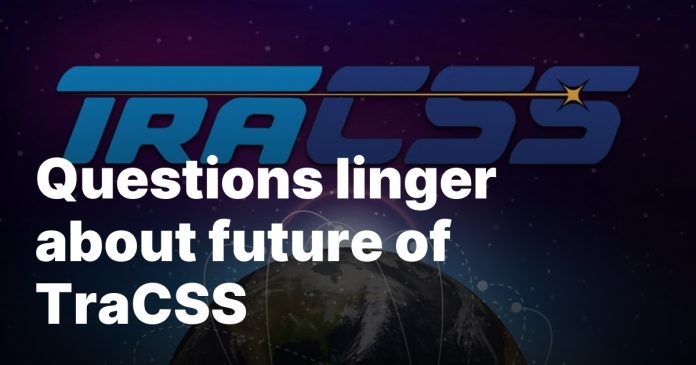The Commerce Department’s manager of the civil space traffic coordination system has returned to his position after being included in recent layoffs, though uncertainty persists about the program’s future.
Dmitry Poisik, program manager for the Traffic Coordination System for Space (TraCSS) at the Office of Space Commerce, has been reinstated after being terminated on February 27 as part of government-wide layoffs targeting probationary civil servants. The Office of Space Commerce operates within NOAA.
Sources confirmed that Poisik and Sarah Brothers, director of the office’s Commercial Remote Sensing Regulatory Affairs division, were both brought back following industry group interventions with Commerce Secretary Howard Lutnick regarding potential impacts on commercial space activities.
Poisik had canceled his scheduled appearance at the 11th Annual Space Traffic Management Conference at the University of Texas on March 5, but conference participants confirmed his reinstatement.
“There is movement afoot to get people back in place,” said Charlie McGillis of The Provenance Chain Network during a panel discussion that replaced Poisik’s presentation.
McGillis, who serves on TraCSS’s independent review board, noted the program has recently made significant progress. TraCSS launched a beta test program last fall involving several spacecraft operators managing approximately 1,000 satellites. Ongoing discussions continue regarding the transfer of space traffic coordination responsibilities from the Defense Department to avoid service interruptions.
The office has been staffing both civil servants and contractors to support TraCSS implementation.
“You can’t continue to run an operation like that on a shoestring budget and with no people,” McGillis said.
Industry concerns persist about TraCSS’s long-term viability, particularly given the administration’s plans for reduced spending and broader federal workforce reductions.
“We’re glad that Dmitry was hired back, but we don’t know if the hire-back was because they lost a lawsuit about firing probationary employees or because there was a realization that the mission of OSC was very important and should move forward,” said Ruth Stilwell, founder of Aerospace Policy Solutions, during the panel discussion. “We don’t know if there is an organizational concern about the future of TraCSS.”
A key issue remains potential loss of momentum in TraCSS development that took years to establish. Stilwell highlighted that while the first Trump administration’s Space Policy Directive 3 in 2018 directed the Commerce Department to develop a civil space traffic management system, securing Congressional support and funding took several years before work could begin.
“We had a pretty cold period already that slowed a lot of progress,” she noted. Another similar delay could result in minimal progress for TraCSS and limited international coordination with commercial providers of space situational awareness services.
Diane Howard, former director of commercial space policy at the National Space Council, presented an alternative scenario where a significant space incident might prompt countries dissatisfied with current voluntary approaches to force creation of an international space traffic management regulator. This could lead to strict regulations and high barriers for new commercial entrants — reducing collision risks but potentially hampering commercial space development and innovation.
The space traffic management community’s preference remains continued TraCSS development with commercial and international partnerships.
Pascal Faucher, chairman of the European Union Space Surveillance and Tracking (EU-SST) program — a European counterpart to TraCSS — suggested national space traffic coordination systems could be federated through an approach similar to the International Committee on Global Navigation Satellite Systems, a forum for voluntary cooperation among countries with satellite navigation systems.
“This is the ideal situation for us,” Faucher said. “It’s a pragmatic and rational approach to coordinate between existing systems and developing systems.”
